Pharaonic civilization
Ancient civilization of Egypt
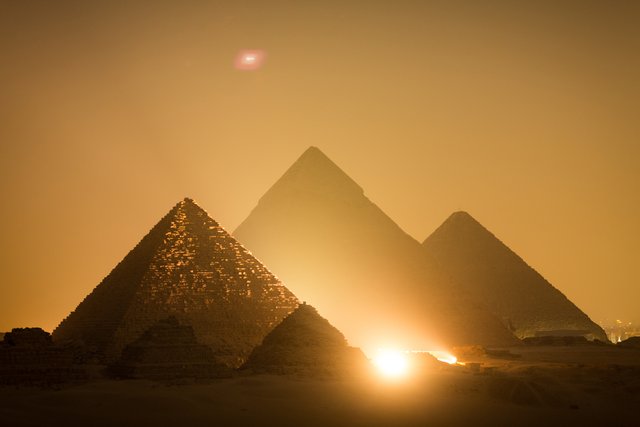
Egypt was home to the oldest civilizations on earth. It derived its name from the Greek word Aegyptos. In 5500 BC there were two major kingdoms extending along the Nile, which Egyptian historians called Upper Egypt and Lower Egypt. In 3200 BC, The two kingdoms are under one rule, and one ruler is king Narmer, who is called Menes. This was the beginning of the ancient civilization of Egypt. King Menis founded the ancient capital of Egypt known as Memphis. It was located in the north near the summit of the Nile Delta. For the major dominating Egyptian society during that period.
Timeline of the development of ancient Egypt
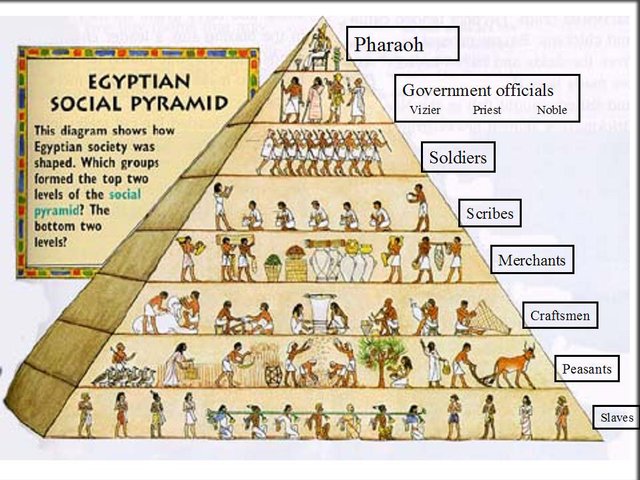
The ancient civilization of Egypt is one of the longest and oldest civilizations, and although it has descended at times, it has regained its strength to come back stronger than before, which has continued for several centuries. The following schedule shows periods of evolution and periods of decline. [5] Agriculture in the Nile Valley. The unification of Egypt. 2650 BC: The beginning of the Old Kingdom. 2575. Construction of pyramids in Giza. 2150 BC: The beginning of the first intermediate period. 2074 BC: The beginning of the Central Kingdom and the return of the Union and the power of Egypt again. 1759 BC: The beginning of the second intermediate period and the occupation of the Hyksos of northern Egypt. 1539 BC: The beginning of the new kingdom by expelling the Hyksos and restoring unity to Egypt. 1344-1328 BC: Pharaoh Akhenaten made several religious reforms. 1336-1327 BC: The rule of Tutankhamun. 1279-1213 BC: The arrival of Egypt to the height of its power in the reign of Ramses II. 1150 BC: The beginning of the decline of the new Kingdom. 728 BC: The conquest of the Nobans of Egypt. 656 BC: Occupation of the Assyrians of Egypt. 639 BC: Reviving Egypt after the expulsion of the Assyrians. 525 BC: The invasion of the Persians to Egypt. 332 BC: The invasion of Egypt by Alexander the Great. 305 BC: The publication of the Greek language. 30 BC: The death of Queen Cleopatra and the annexation of Egypt to the Roman Empire.
history of Egypt
The history of ancient Egypt is divided into six periods
The Old Kingdom in the period 2613-2181 BC
The architecture was developed and markedly developed. Egypt's most famous monuments, such as the Pyramids and the Sphinx, were built. The pyramid of Saqqara was built in 2670 BC in the reign of King Zoser. The three pyramids, Khufu, Khafra, and Menkra were also built, In that period.
The first intermediate period in the period 2181-2040 BC
The two forces fought in order to reach the supreme authority until 2040 BC. Then the king of Tiba Montohotep II defeated the Heraconbolis army and Egypt united under good rule.
Central Kingdom in the period 2040-1782 BC
The prosperity that resulted from good rule led to the emergence of the Middle Kingdom, which was called the classical age. The good reached its height and wealth. The fortresses were built to protect Egyptian commercial interests. The first army was established under King Amenemhat. Egypt remained prosperous until some internal problems occurred. Allowed the people of the Hyksos to invade it, and grew its authority until it took control of part of Lower Egypt.
Second intermediate period in the period 1782-1570 BC
The Egyptians launched a number of campaigns to extricate the Hyksos from Lower Egypt and return them under the rule of the Tayyibans. However, they failed until they succeeded in conquering Egypt, and although they were invaders of Egypt and its people, they added many improvements to the Egyptian culture such as the horse and horse, and the work in bronze and ceramics. Prince Ahmus I succeeded in regaining it and reuniting it under good rule.
New Kingdom in the period 1570-1069 BC
After the unification of Egypt under the reign of good again, where prosperity returned, and in this period appeared the term Pharaoh, where the former ruler was known as a king, and in the period 1504-1492 BC. Egypt's borders were expanded to include Syria and Palestine to the west, and the Euphrates River north, And Nubia in the south, and during the reign of Queen Hatshepsut, trade expanded with other countries. Then he was succeeded by King Thutmose III, who followed in his footsteps despite his attempt to destroy any memory. It was then ruled that male kings were the wisest of men and women, and Egypt flourished in his reign and sport flourished. Medicine, and the fermentation of many types of alcohol, which was prescribed to treat more than 200 types of diseases, and developed surgery, and increased attention to women's health, and the bathrooms were created for the purpose of cleanliness and bathing, and to spend leisure and enjoyment.
In 1353 BC, Pharaoh Amenhotep IV came to the throne and changed his name to Akhenaten. Numerous gods such as Amon, Isis and Osiris were worshiped but Ammon was the most popular, but Akhenaton and Nefertiti abandoned these beliefs and instituted religious reforms that required the establishment of a new religion based on the worship of God The capital moved to Amarna, followed by his son Tutankhamun, who restored the capital to Tiba, and Ramses II ruled. In his reign, the Battle of Kadesh took place in 1274 BC. Although it ended in a draw But Ramses considered him a triumph and celebrated himself as a duck Under his rule, the first peace treaty, the Treaty of Kadesh, was signed in 1258 BC.
Third intermediate period 1069-525 BC
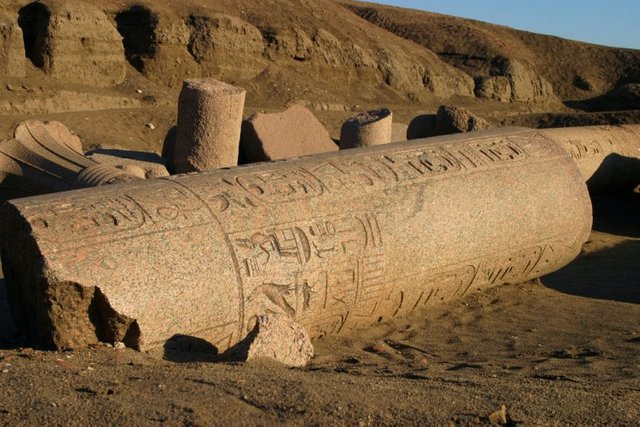
The reign of Ramesses III in the period 1186-1155 BC, followed the policy of Ramses II in his rule, and the wealth of Egypt at the time coveted to many of the peoples living on the coast, which led to the invasion several times, the most recent was the Battle of Shaw'a in 1178 BC, which ended with a victory Ramses III. After his death, his successors tried to maintain his policy but they faced resistance from the peoples of the occupied territories. Over time, the priests of Amon took over a large part of the Egyptian territory and gathered enough wealth to threaten the security of the central government. By Ramses XI, Medium For the third.
Egypt united again during the reign of the king of Kush in the period 752-722 BC, but collapsed when the Assyrians conquered it in 671 BC. But they did not succeed in controlling it and withdrew and left it destroyed in the hands of local rulers. It was rebuilt in 525 BC. Persians, and remained under the Persian occupation until the advent of Alexander the Great in 332 BC, he took control of Egypt without any combat campaigns, and founded the city of Alexandria, and then moved to conquer the Persian Empire, and after his death in 323 BC. Ptolemy I transferred his body to Alexandria, The Ptolemaic Dynasty in the period 323-30 BC.
The last Ptolemaic dynasty was Queen Cleopatra, who killed herself in 30 BC. After the defeat of her forces by the Romans. Egypt remained under Roman control in the period 30 BC - 476 AD, and was then taken over by the Byzantine Empire in the period 527-646 CE until it was conquered by the Muslims led by the Caliph Omar may Allah be pleased with him and became a subsidiary of the Islamic caliphate.
Achievements of ancient civilizations
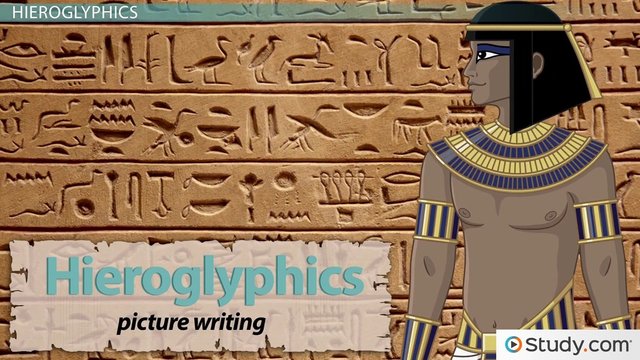
The achievements of ancient Egyptian civilization show their creativity in hieroglyphic and demotic writing, mathematics and architecture, and the invention of modern methods of agriculture and irrigation. This is an illustration of some of their achievements in various fields:
The Nile River
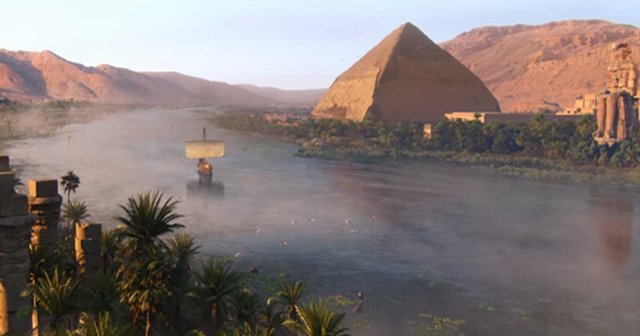
The life of ancient Egypt centered around the Nile River. Farmers' breakfasts were irrigation methods to control the flow of water, allowing crops to grow either in dry or rainy seasons. The Nile Valley produced many crops because of the fertility of its lands. The funds from the sale of crops were used to build pyramids and temples , And in the development of trade and pay for the invasions, and the floods that were taking place in the river has been exploited by Egyptians to irrigate crops and neighboring lands.
the government

The unified kingdom of Egypt included thousands of square miles inhabited by millions of people. The Pharaoh was called the Lord of the Earth, the supreme priest of each temple, and the officer in charge of the army. He was even involved in wars. In the Pharaohs era, the civil service system, which included all the people and the government, Egypt to 42 provinces, and the Pharaoh was staying in his palace and surrounded by senior officials and rulers, and served by the Prime Minister.
Religion
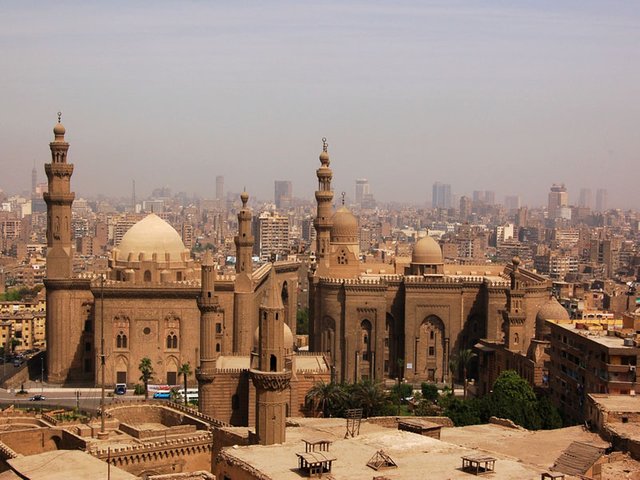
There were many gods at the ancient Egyptians, there was the god of the sun Ra, Osiris God of the dead and others, and these gods gradually change with the change of ages, and was placed in a closed place and show people only on certain occasions, and worship in homes used the Egyptians statues of miniature gods, Egyptians are the afterlife of embalming to preserve the body after death.
Economy
https://static.politico.com/dims4/default/1fdd6a9/2147483647/resize/1160x>/quality/90/?url=http%3A%2F%2Fs3-origin-images.politico.com%2Fnews%2F110218_egypt_art_328.jpg
Egypt's agricultural economy was due to the fertility of the land in the Nile Valley, and its agricultural production was so great that the funds that were used for agriculture were used to build temples and pyramids. As for trade, the Nile River greatly helped its development. The markets spread along the banks of the river, The cost of transporting goods through the river was less than the cost of transport by land. Trade in the Bronze Age developed. The Nile became the focal point through which goods were transported from Africa to the Mediterranean Sea. Commercial campaigns between the South and the Red Sea were for research For precious goods that give great value to the influence of Egypt, such as ivory, gold, and black slaves.
Writing
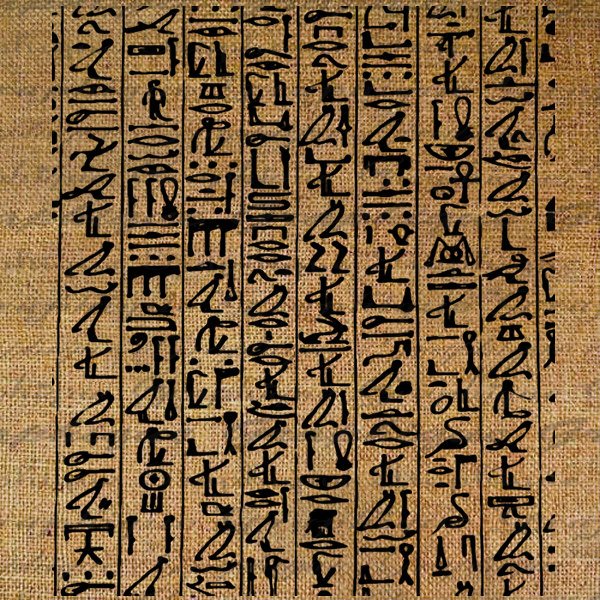
The hieroglyphic inscription appeared in 3100 BC, representing sacred and engraved symbols that bear the words of the gods and express the operative meaning and the symbols and sounds of drawing. The Egyptians thought that the source of this language is divine and not human-made. Hieroglyphic is a Greek word composed of two syllables namely Hieros and its meaning, In the full sense of the Holy Scriptures, hieroglyphics remained in use until the end of the fourth century AD, with changes in some of its terms according to the evolution of time, and their discontinuation when the emperor closed the Temples and the sanctuary of idols.
the art
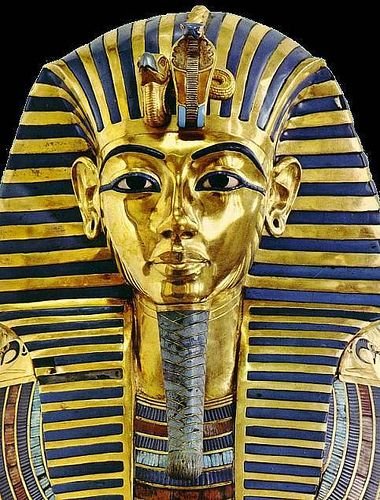
Ancient Egyptians were known for the art of cemeteries and murals. They believed that life continued after death, and that they were buried in tombs to enjoy the deceased's welfare after death. Egyptian art is also represented in sculptures carved from rock with its coating of metals, drawings on the walls of houses and various engineering designs.
The most important traces of the civilization of ancient Egypt
Pyramids
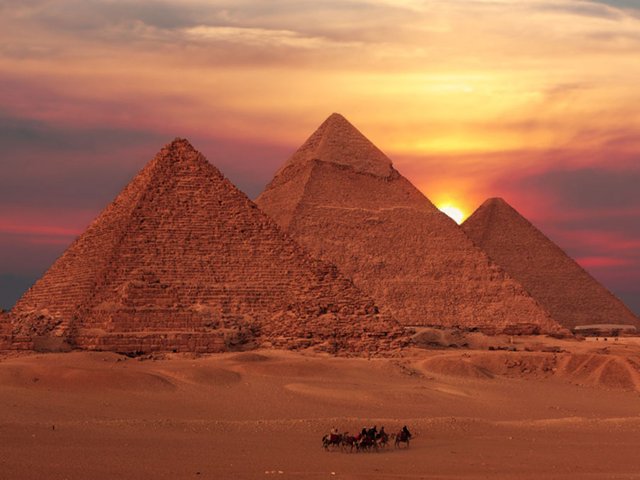
The pyramids were built to bury the pharaohs in it. They were tombs built of limestone with a square base. The Egyptians built the pyramids and placed the treasures and adornments that the Pharaoh needed to survive and enjoy the rest in the afterlife. The archaeologists considered that the reason for the stairs in the pyramids is that they are used to ascend the pharaoh To the sun god, and the Egyptians built about 138 pyramids of varying size, the largest is the pyramid of Khufu in Giza.
Temples
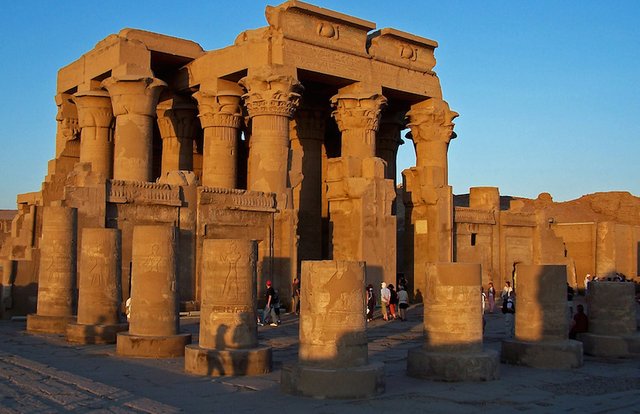
The Temples were built to be houses of the Egyptian gods. There were two types: the Temple of Cultus where certain gods lived, and the temple of the funeral of the dead pharaohs. Over time, the size of the temples increased to large complexes and new pharaohs were added. To the God who inhabits him.
Rosetta Stone
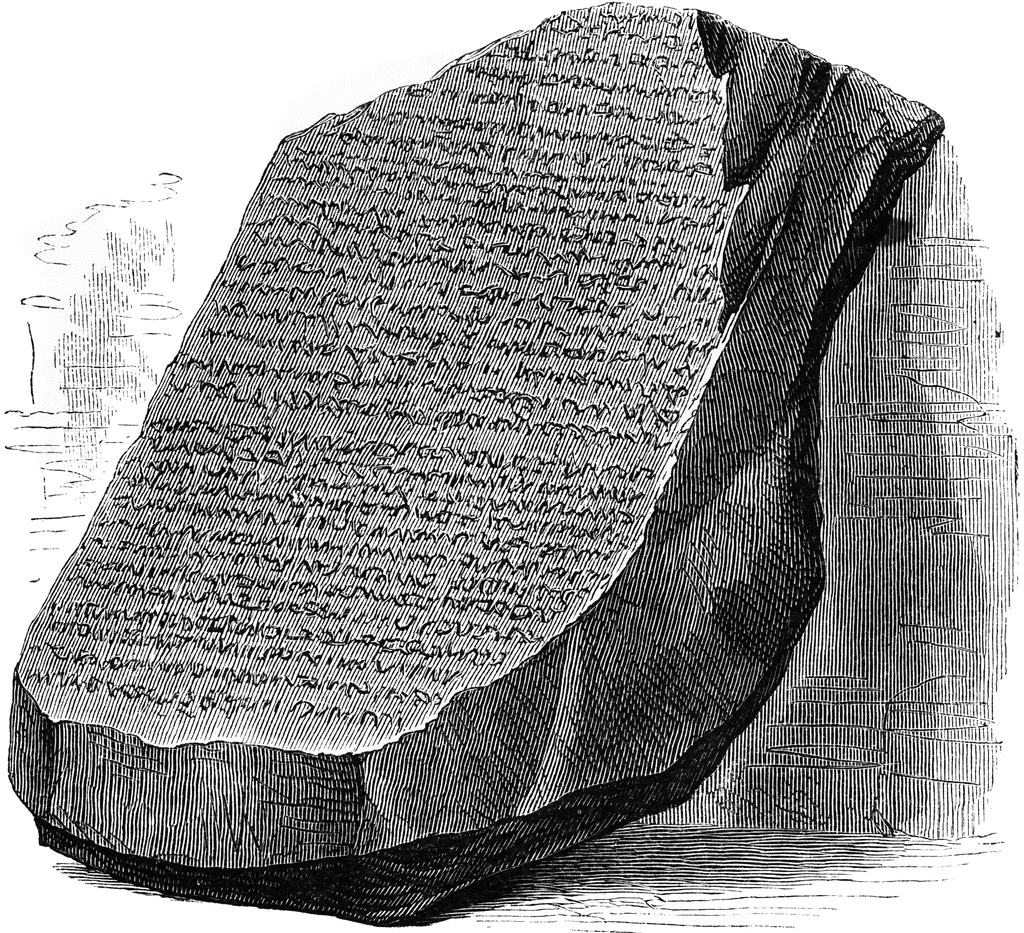
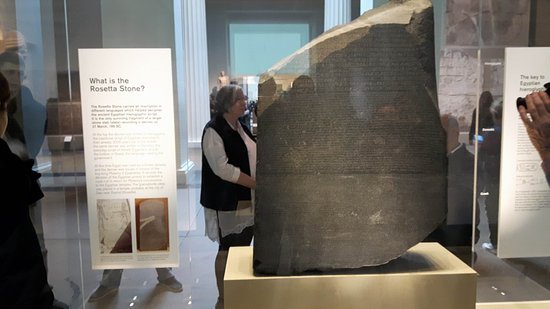
It was discovered in 1799 AD, and without it the archaeologists could not read the ancient Egyptians' blogs, and the Egyptian civilization remained unknown. The stone contained one text but three different lines arranged from top to bottom: Hieroglyphics, Demotic and Greek. French archaeologist Jean-Francois Champlion In 1822 he announced that he was able to decipher the ancient Egyptian language and lay the foundation for the ancient Egyptian language, which was completed by hundreds of researchers in the world. [10] What is the content of the stone is the texts glorifying the Pharaoh of Egypt, and remember some of the achievements of the priests at the time.
